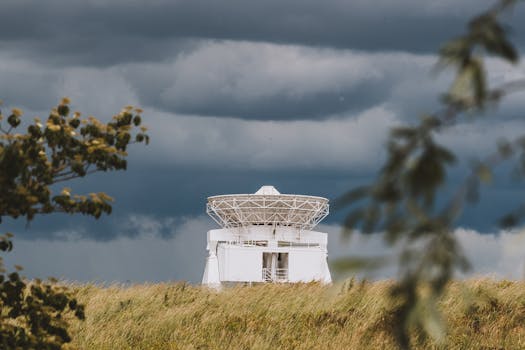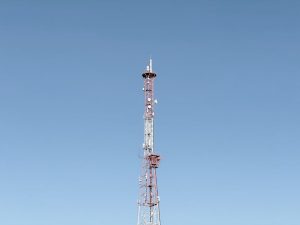GEO Satellites: Understanding Geostationary Orbit and Its Applications
GEO satellites are a crucial part of modern telecommunications, providing services such as television broadcasting, telecommunications, and weather forecasting. In this article, we will delve into the world of GEO satellites, exploring their characteristics, applications, and benefits.

GEO Satellites: Understanding Geostationary Orbit and Its Applications
GEO satellites, or geostationary orbit satellites, are a type of satellite that orbits the Earth at an altitude of approximately 36,000 kilometers above the equator. At this altitude, the satellite’s orbital period matches the Earth’s rotational period, allowing it to remain stationary in the sky relative to a fixed point on the Earth’s surface. GEO satellites are a crucial part of modern telecommunications, providing services such as television broadcasting, telecommunications, and weather forecasting.
The concept of geostationary orbit was first proposed by science fiction writer Arthur C. Clarke in 1945, and the first GEO satellite, Syncom 2, was launched in 1963. Since then, hundreds of GEO satellites have been launched, with many more planned for the future. GEO satellites are used for a variety of applications, including television broadcasting, where they can transmit signals to a wide area, allowing for global coverage. They are also used for telecommunications, providing services such as telephone and internet connectivity to remote or underserved areas.
Characteristics of GEO Satellites
GEO satellites have several characteristics that make them unique and useful for certain applications. One of the main advantages of GEO satellites is their high altitude, which allows them to cover a wide area and provide services to a large number of users. They also have a long lifespan, with some GEO satellites remaining in operation for 15 years or more. This is due to their high altitude, which reduces the risk of atmospheric drag and other forms of interference.
Another important characteristic of GEO satellites is their stationary position in the sky. This allows them to provide continuous services to a fixed point on the Earth’s surface, making them ideal for applications such as television broadcasting and telecommunications. However, this also means that GEO satellites are limited in their ability to provide services to areas that are not within their line of sight.
Applications of GEO Satellites
GEO satellites have a wide range of applications, including television broadcasting, telecommunications, weather forecasting, and navigation. They are also used for earth observation, providing valuable data and images of the Earth’s surface. In addition to these applications, GEO satellites are also used for scientific research, allowing scientists to study the Earth’s atmosphere, oceans, and land surfaces in detail.
GEO satellites are also used for disaster recovery and emergency response, providing critical communications services in the aftermath of a disaster. They can also be used for search and rescue operations, helping to locate missing people or vessels. With the increasing demand for satellite services, the use of GEO satellites is expected to continue to grow in the coming years.
Benefits of GEO Satellites
GEO satellites offer a number of benefits, including global coverage, high availability, and low latency. They also provide a reliable and secure means of communication, making them ideal for applications such as telecommunications and navigation. In addition to these benefits, GEO satellites also offer a cost-effective solution for providing services to remote or underserved areas.
However, GEO satellites also have some limitations and challenges, including congestion in the geostationary orbit, interference from other satellites, and regulatory issues. These challenges must be addressed in order to ensure the continued use and development of GEO satellites. As technology continues to advance, we can expect to see new and innovative applications of GEO satellites in the future.





